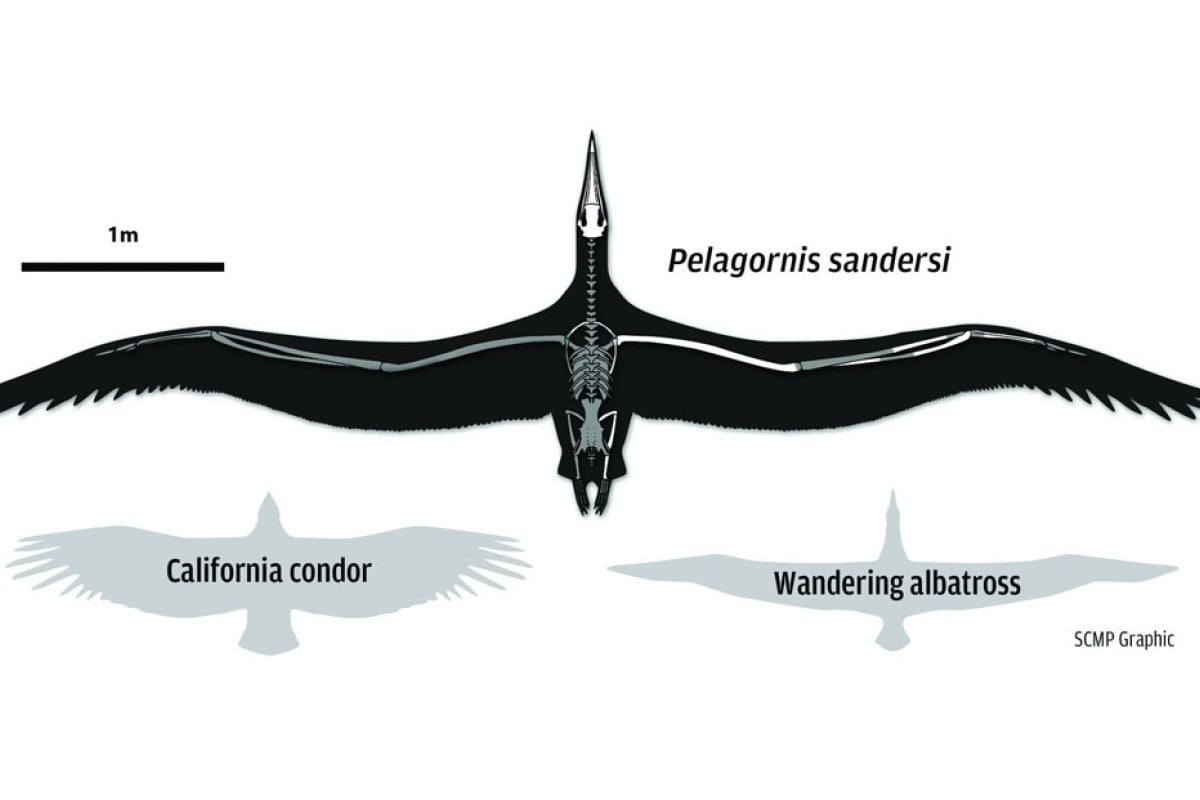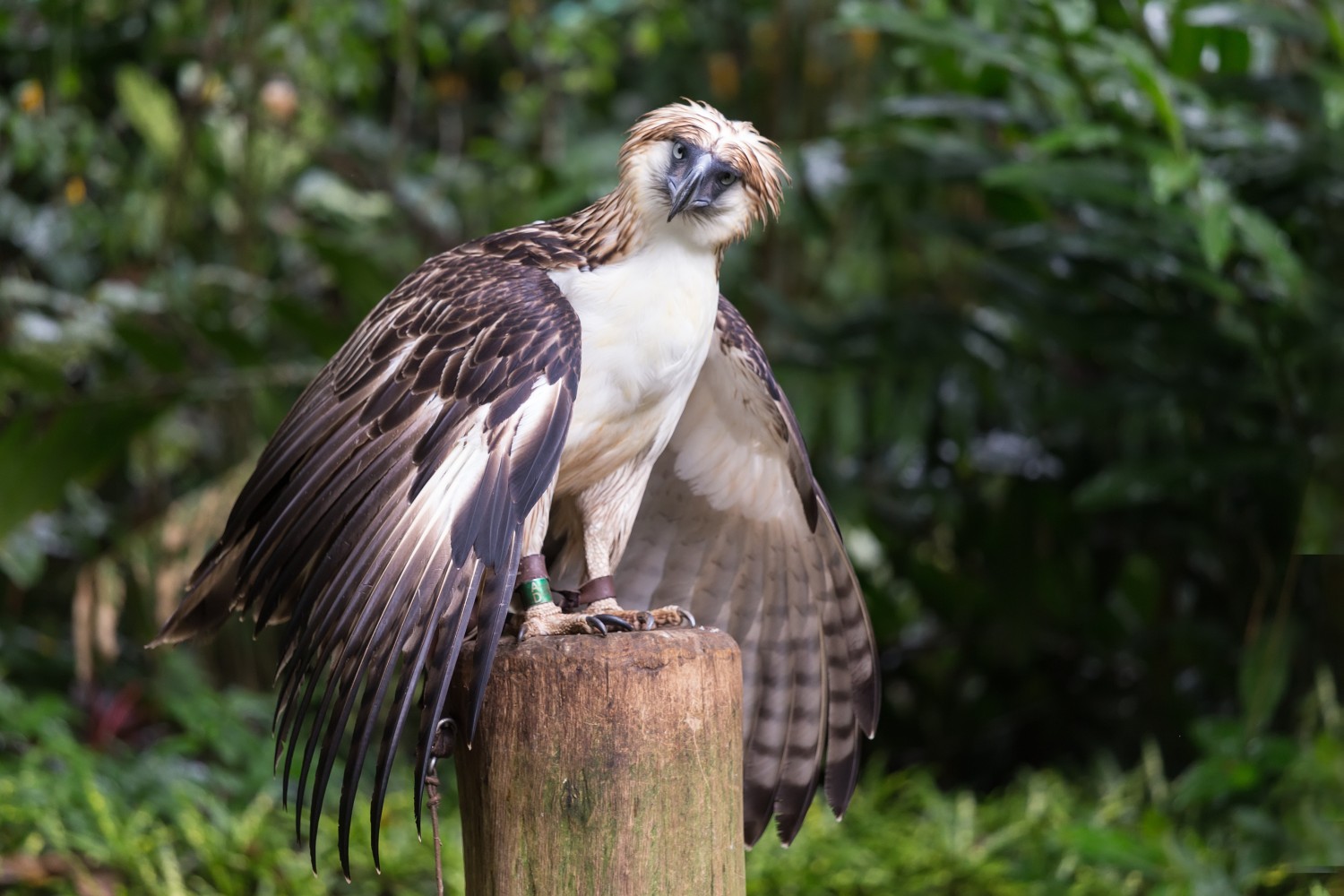

CharacteristicsĪrgentavis was an undeniably large bird, its torso was about 1.26 m (4.13 ft) long, its height was located probably in the range of 1.7 – 2 m (5.6 – 6.5 ft), with a wingspan reaching 7 meters (23 ft), weighing up to 70 – 78 kg (154 – 172 lb). It has been estimated that it lived about 6 million years ago in the Miocene epoch. The remains of the Earth’s largest bird were discovered in central and north-east Argentina. ClassificationĪrgentavis ( Argentavis magnificens). Join us on a journey back in time to uncover the secrets of this fascinating bird.

But what do we really know about this extinct species? In this article, we delve into the mysteries surrounding Argentavis magnificens, from its discovery and anatomy to its behavior and habitat. Despite being long extinct, the sheer size and strength of this bird have captured the imagination of scientists and enthusiasts alike. This incredible creature lived around 6 million years ago in South America, and its massive wingspan of up to 7 meters put even the modern-day condor to shame. Get ready to be amazed by the story of Argentavis magnificens, the largest flying bird to ever grace the skies. Only Pelagornis sandersi could be as big or slightly bigger. Argentavis is also called Giant Teratorn. Millions of years ago everything was in XXL size, even the modern giant flying birds – Andean condors ( Vultur gryphus) would look more like little pigeons when compared to the largest bird ever. Argentavis, Giant Teratorn – ( Argentavis magnificens) The largest flying bird in the history of the world


 0 kommentar(er)
0 kommentar(er)
